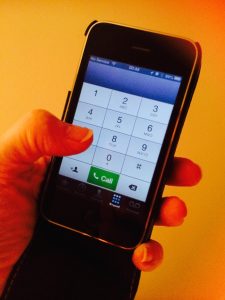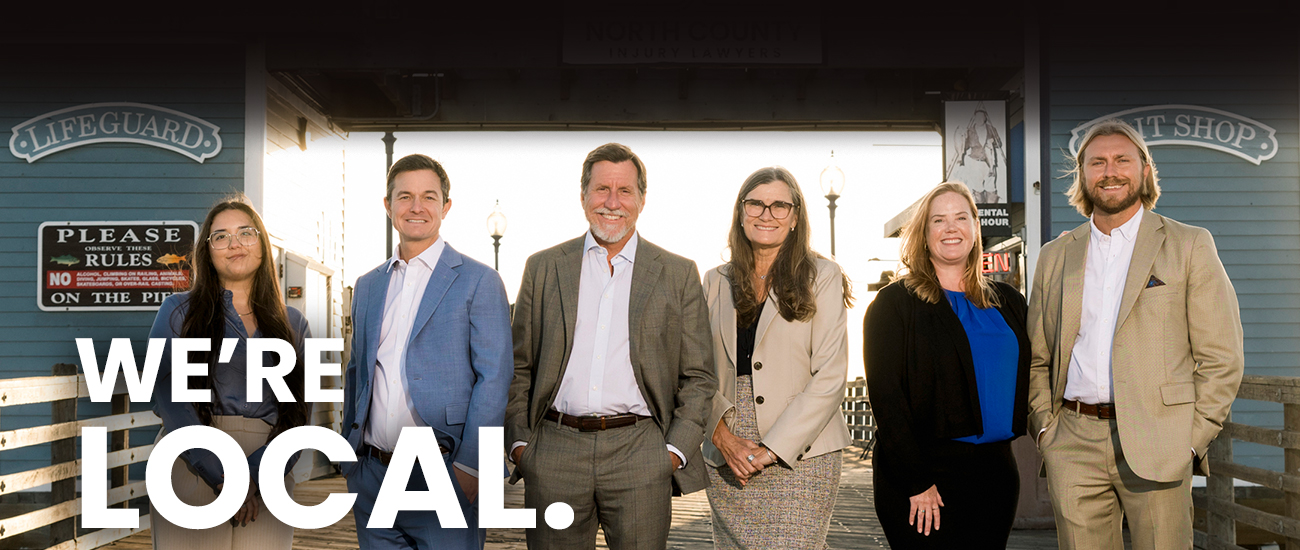- Free Consultation: 760-571-5500 Tap Here to Call Us
Car Accidents and the California Cell Phone Ban
New Study Questions Significance of California’s Cell Phone Ban
Six years ago, the use of hand-held phones while driving was banned in California. The ban, aimed at preventing serious car accidents, led other states to pass similar laws. In fact, thirteen states now restrict the use of cell phones to hands-free-only devices for people behind the wheel. But has California’s cell phone ban actually reduced the number of traffic collisions? According to arecent article in UT San Diego, a new study out of the University of Colorado questions the utility of the cell phone ban.

As the article points out, for almost a decade we have heard talk about the statistics surrounding texting and hand-held talking while driving. In particular, doing so results in distracted driving, and distracted driving causes life-threatening and fatal automobile accidents. However, according to Daniel Kaffine, associate professor of economics at the University of Colorado, Boulder, there is no clear “statistical evidence of a reduction” in accidents associated with California’s cell phone ban.
The cell phone ban first went into effect in July 2008. Over the six months that followed, “researchers determined there was no evidence crashes were reduced.” Kaffine explained that, if talking on a handheld phone while driving was really so dangerous, “and if even just a fraction of people stopped using their phones, we would expect to find some decrease in accidents.” Yet Kaffine’s research team found no such evidence.
Kaffine’s team at the University of Colorado is not the first group of researchers to question the efficacy of handheld cell phone bans. In fact, a study from 2013 published in American Economic Journal looked closely at data surrounding “nationwide, single-vehicle, single-occupant crash numbers” near the time when a lot of states implemented texting-while-driving bans. According to the study, “initially, there was a notable drop in collisions.” However, only three months after the bans were enacted, “crashes had crept back up to levels seen before the texting ban was in place.”
Why Are Handheld Talking and Texting Bans Not Working?
Law enforcement officials say these bans are doing a lot of good, and California officials reject Kaffine’s study. However, the recent research suggests some compelling reasons why neither ban made much of an impact in California or across the country:
- Distracted driving does not just result from handheld phone use. It is possible many California drivers switched to hands-free devices. A number of researchers suggest this method of talking is “equally distracting;”
- Drivers choose to ignore the ban, and continue using handheld devices for talking and texting while driving;
- The drivers most likely to use handheld devices are “the type of drivers who engage in other distracting behaviors.” In short, they replaced one distracting behavior—the handheld cell use—with another;
- Talking while driving is not as dangerous as believed.
Law enforcement officials stress that we, as drivers, are less perceptive when talking while driving. According to one California Highway Patrol Officer, if the ban is not working, it is because people are not following the law. The number of tickets issued could support this point, with nearly 20,000 issued in 2011, more than 15,000 issued in 2012, and nearly 11,000 issued in 2013. The California Highway Patrol predicts that number will rise in 2014.
Have you sustained serious injuries in a car accident? Distracted driving can lead to fatal traffic collisions and debilitating injuries. If you have been hurt, it is important to contact an experienced San Diego car accident lawyer. You may be eligible for financial compensation.
See Related Blog Posts: Deadly Hit and Run Accidents in San Diego Distracted Driving Fines and Accidents
Photo Credit: rickyysanne via morgueFile cc









